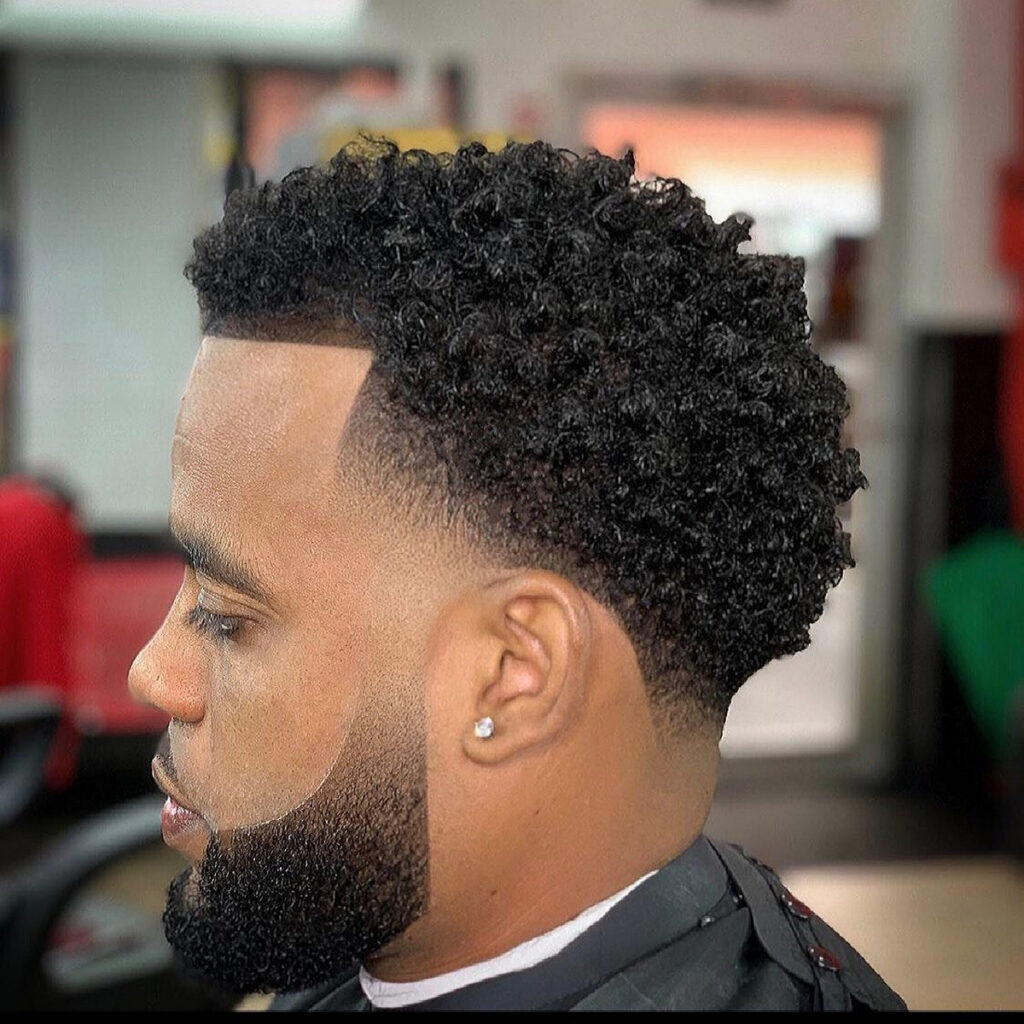What is a Taper Haircut: Different Types

Taper haircuts have become increasingly popular for those who desire a sleek and well-groomed appearance. This trendy short haircut is suitable for various hair types, including thick hair and curly hair, making it a versatile choice.
So, what exactly is a taper? Primarily a men’s haircut, although anyone can rock this style, a taper is characterized by longer hair at the hairline and shorter hair on the sides of the head and the nape of the neck. Identifying a taper is quite simple as it involves shorter hair on the sides blended with abundant volume on top.
Different Types of tapers are available, and barbershops offer various options
Let’s explore eight common types, including fades, which are a variation of the taper:
- Fade Haircut: A fade involves gradually transitioning longer hair into a buzz cut. It gives the illusion that the long hair “fades” from the top of the head into the hairline on the sides and back. Combovers, pompadours, quiffs, and faux hawks often accompany fade styles.
- High Fade Haircut: This fade variation starts at the top of the head, leaving substantial volume in that section. The high fade also retains enough hair on the sides, allowing for additional designs if desired.
- High Taper: In this style, the hair maintains considerable length on top, but the sides and back are cut about an inch lower.
- Low Taper: With the low taper, the hair is trimmed closer to the lower edge of the ear. This classic taper provides more length on the sides while keeping the neck area neatly trimmed.
- Mid Fade Haircut: The mid fade features a longer buzzed look compared to a skin fade but less volume than a high fade. This style strikes a balance between the two, offering a softer appearance. Typically, a mid fade has longer hair around the ears, while the hair on top remains longer.
- Mid Taper: Similar to the low taper, the mid taper involves cutting the hair around the top of the ear. This creates a distinct horizontal line separating the longer hair on top from the shorter cut at the bottom.
- Skin Fade Haircut: The skin fade tapers off into the skin, stopping at the hairline. Barbers execute a skin fade, also known as a bald fade, by cutting the hair very close to the skin, revealing the scalp.
- Taper and Side Part: Some tapers incorporate a stylish side part to divide the two hair sections. This look requires careful styling, with the side part emphasized by a smooth cut on the back and sides of the head.
Difference between taper and fade haircuts:
- Taper Hairstyle: Tapers offer a less dramatic change in hair length. Unlike fades, which have a noticeable contrast between long and short sections of hair, tapers gradually shorten the hair length.
- Fade Hairstyle: Fades, on the other hand, are a specific type of taper. They reduce the thickness of the hair, causing it to blend seamlessly into the natural hairline. Both tapers and fades are common choices when it comes to hair styling.
- Compatibility with Curly Hair: Both taper and fade haircuts work well with tight curly hair, enhancing its natural texture. However, if you have looser curls, a medium-length taper might be more suitable to showcase your curls effectively.
- Styling Differences: Styling a taper differs from styling a fade. If you choose a taper or fade that leaves more hair along the neckline or back, you will need to use a brush or hair products to maintain the style. Fades often feature intricate designs along the scalp, requiring regular upkeep. Opting for a fade with short sides is a low-maintenance choice.
- Tools Used by Stylists: Barbers employ clippers and blades to create both fades and tapers. While the specific cutting techniques may vary, a combination of clippers and blades is typically utilized to achieve these hairstyles.
- Barbershop Visits: Taper haircuts generally require fewer visits to the barbershop for maintenance compared to fades. If you opt for a fade, you should expect more frequent visits to ensure the style remains fresh.
Deciding between a taper and a fade ultimately depends on your lifestyle and face shape. To make an informed choice, it’s recommended to consult with your hairstylist, who can provide expert advice based on your individual features and preferences.
Here’s a table highlighting the key differences between a taper and a fade haircut:
| Taper Haircut | Fade Haircut |
|---|---|
| Gradually decreases hair length from top to sides and back | Dramatic transition from long hair to shorter hair |
| Maintains some length on the sides and back | Involves shorter hair that fades to minimal or no hair length |
| Creates a subtle and well-blended transition | Provides a defined contrast between different sections of the hair |
| Versatile and works well with various hair types | Often associated with a contemporary and edgy look |
| Classic and timeless appearance with a touch of modernity | Popular among men of all ages |
| Suitable for those who prefer a clean and polished look | Offers a more noticeable and bold style |








